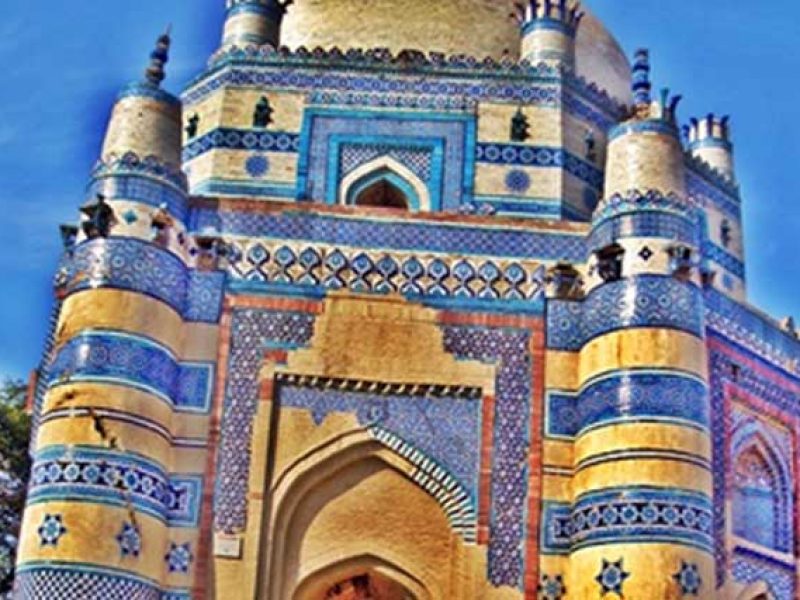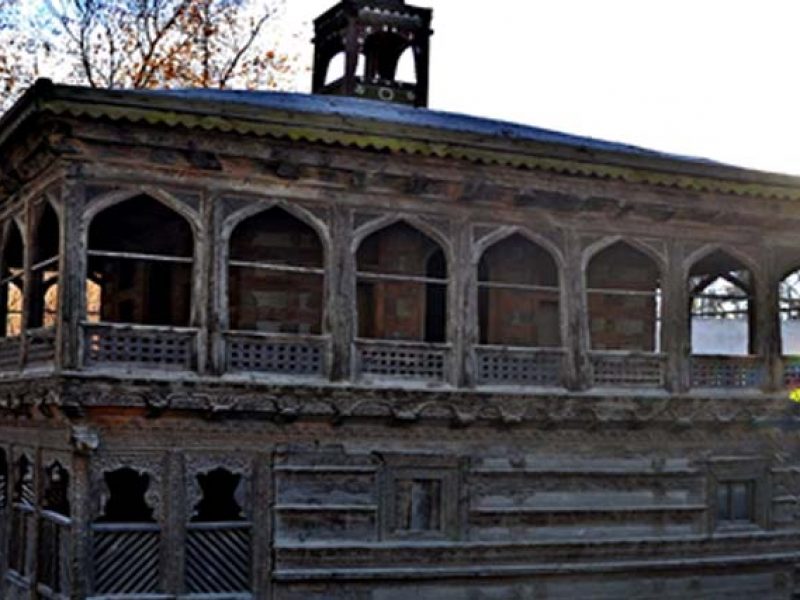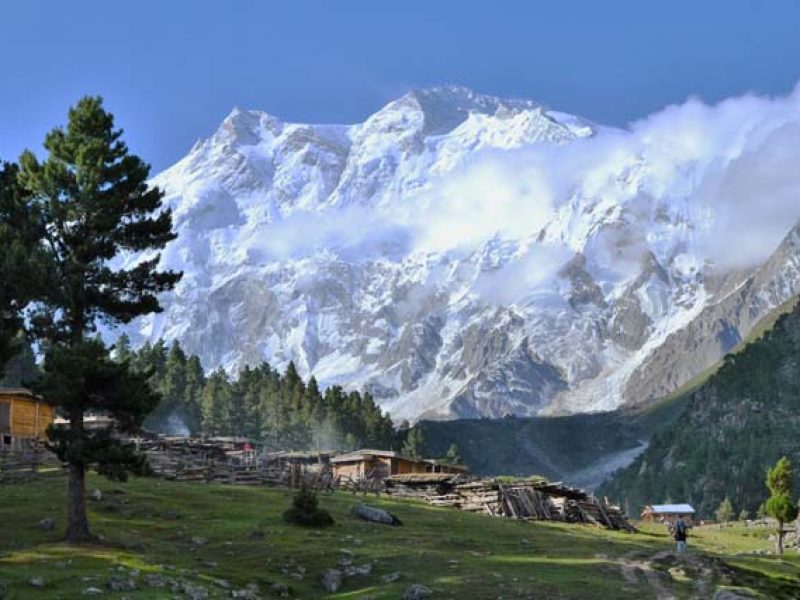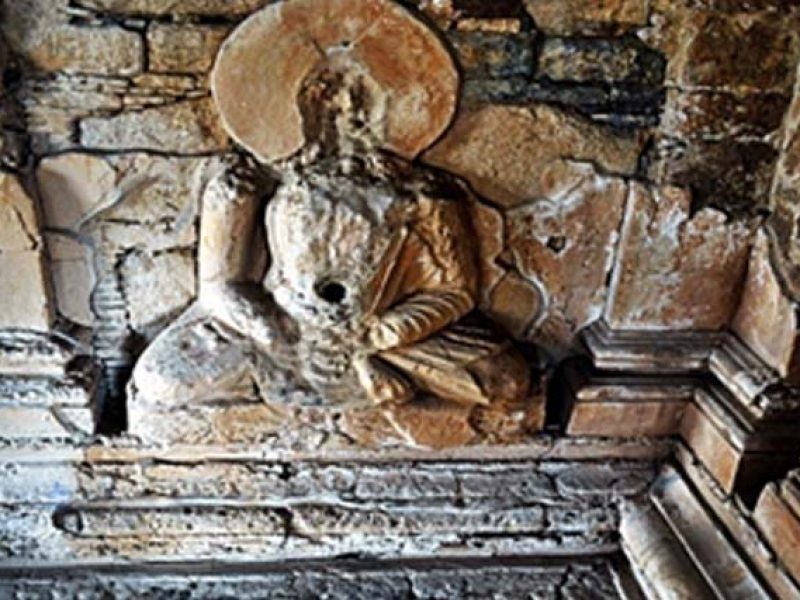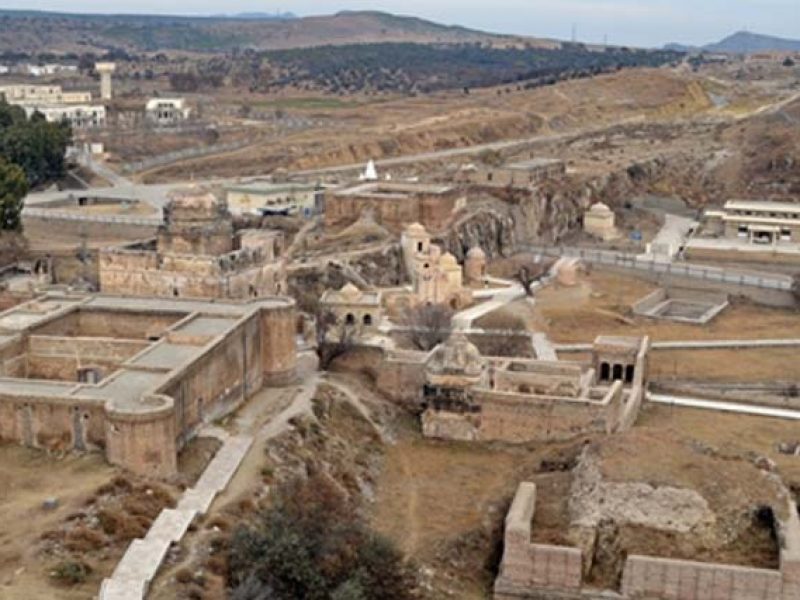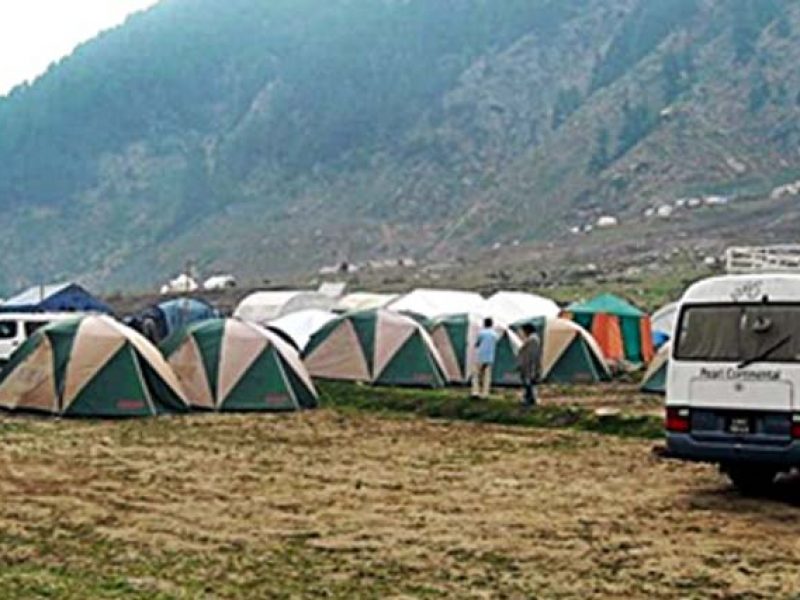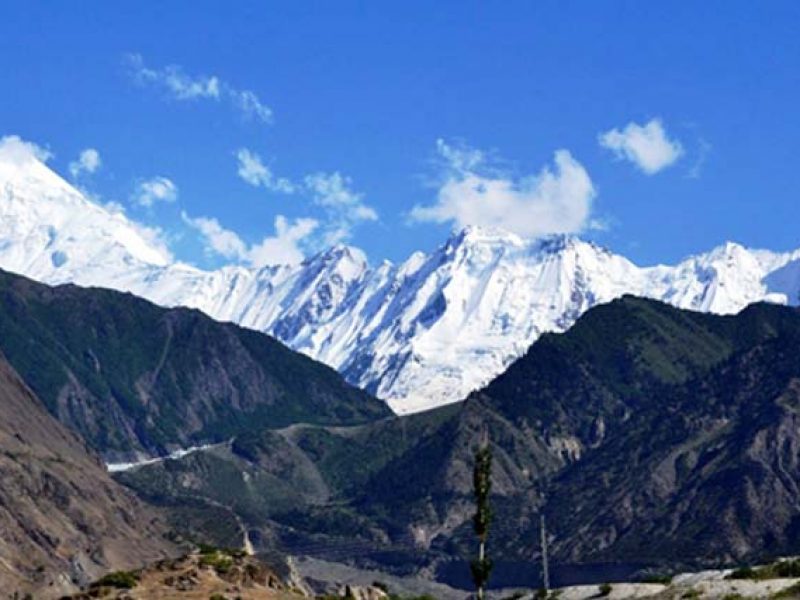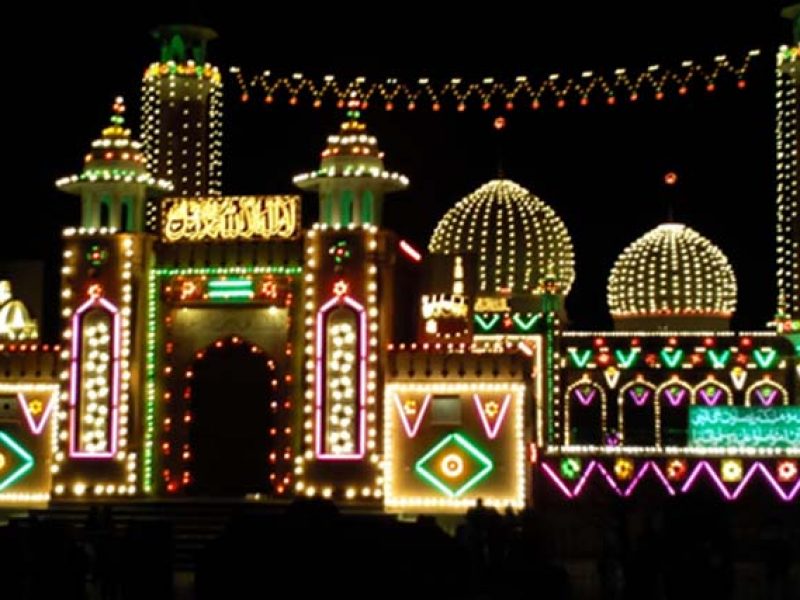At an elevation of 540 m, Islamabad, the capital city of Pakistan is one of the well-planned cities in the world. Nestled against the Margalla hills, the city was planned by a Greek firm based on grid scheme and triangular in shape with apex towards the Hills. The whole grid is divided into eight zones designated governmental, diplomatic, residential, commercial, educational, industrial etc. Each sector in the city has well paved and wide tree-lined streets, elegant public buildings and larges houses; each sector has its own well–organized residences, shops and parks. Because of its easy-to-navigate sectors & zones Islamabad is ranked as Gamma-world city. Islamabad city has number of attractions for visitors than one can believe to experience. Its mega structures featuring architecture work blended with modernity, old Islamic and regional tradition, are worth visiting. The well preserved ethnological museum at Lok Virsa boasts as a model of cultures thriving across Pakistan. Daman-e-koh at half way up the Margalla Hills gives the best bird’s eye view of Islamabad. One can visit Islamabad Zoo and superb eight-sited Bedouin tent like Faisal mosque on the way back from the hills. Shakarparian Park to the opposite side of Margalla hills is another best view point to see Islamabad. The newly built Pakistan monument at Shakarparian is a nice piece of architectural work. Moreover, the newly constructed park at Rawal Lake, the Nurpur village and the shrine of Syed Abdul Latif Shah near Quaid-e-Azam university and the Holy Man’s Cave, where saints lived and meditated for 12 years, are some of the places tourists love to visit. It has been one of the prehistoric settlements in Asia and has also historically been part of crossroads of Punjab and Khyber Pakhtunkhwa with the Margalla pass acting as a gateway.


